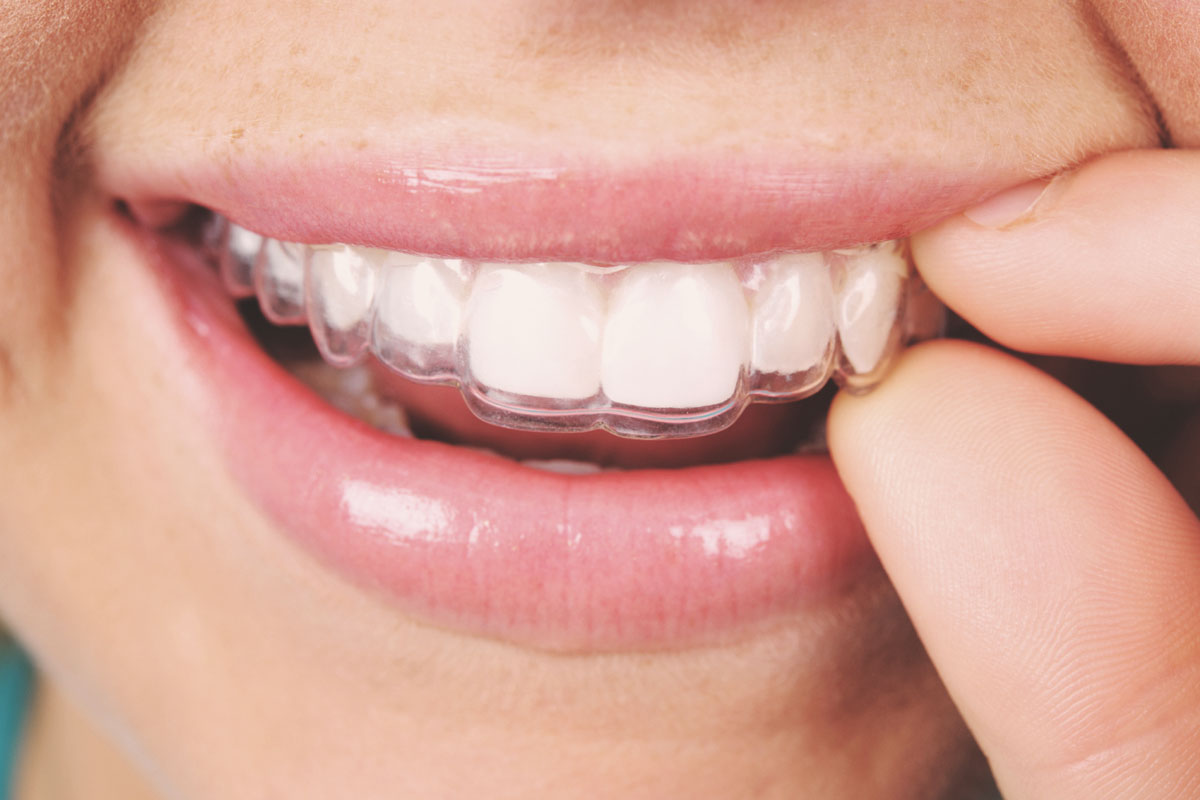
What is an aligner for your teeth?
More often than not, people have dis-proportioned teeth, which might end up affecting their entire personality and face. For this, people usually consult an orthodontic (จัดฟัน in the Thai language) to see out a solution for it. People usually can’t figure the difference between a dentist and an orthodontic specialist. An orthodontist is usually a person who specializes in a specific field in dentistry. This can include a smile, bite, and the alignment of teeth. For cases where people have dis-proportioned teeth, orthodontists usually suggest an aligner for it.
An aligner is a type of transparent braces which people with crooked teeth wear. It helps to slowly straighten the smile and, therefore, the shape of the jaw itself. Aligners must be replaced after every two weeks as they lose their strength by that time and helps to move the teeth up to 0.3mm per aligner. This process is done until the final shape is achieved. These aligners come in metallic and ironstone state since each client has their preference.
Difference between aligners and braces
Although one could be easily mistaken for the other, there is a critical difference between them. The actual difference lies in how to apply force to the teeth in the order form them to be aligned in their ideal position. Braces usually use a pull force clamping on the teeth, while aligners use a push force to make the teeth to go in their perfect place. But one way how aligners may be preferred over the braces is due to their property to be safer than braces. Usually, braces induce cuts in the mouth and the gums since the wires may penetrate the flesh. But aligners are much safer than braces since they don’t have such materials involved that may dissect the flesh or be irritating. Besides, they are transparent, making them more preferred as they don’t give out a bad image as the braces do.
How do aligners work?
By applying the push force, the aligners try and rotate the teeth in a way to make them centered. People who have used aligners usually testify that they have seen major shifts in the first 2 to 4 weeks of wearing them. Afterward, the shift becomes less and less apparent. And finally, the teeth reach the ideal position that they can, after which the aligners are removed. And this is practically how they work. The initial push applied to cause a sudden shift onto the entire jaw. This leads to significant shifts in the initial period. Gradually the teeth come into their ideal position causing the aligners to exert lesser push so as to make an only subtle shift. Finally, the teeth come into the final and perfect form, at which point the aligners are removed. Some orthodontists believe that people must wear aligners even when their teeth reach their final form since there may be a minor change for the bones and gums to shift back to their actual position. The excess period may allow the bones and gums to settle in their new position. This will help to remove any doubt of the teeth getting crooked again once the aligner is removed for good.


